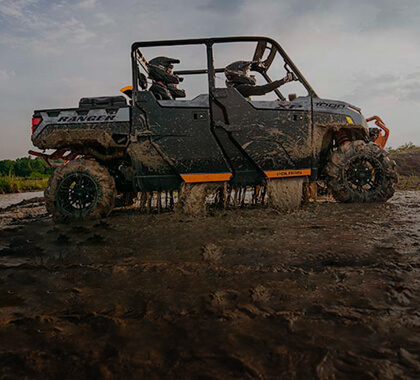What to Look Out for When Buying Polaris Ranger XD Single-Person Race Systems?
Communication Systems
Look for advanced communication systems that offer clear, uninterrupted communication. Consider devices with noise cancellation, voice activation, and Bluetooth connectivity to connect with other devices. The idea here is to go for a dependable system that isn’t going to let you down when the conditions get rough, the rains start, mud starts splashing and your vision is impaired. The very best Polaris Ranger XD single-person race systems are those that are rather basic in what they offer, but the features they do offer are second to none.
Navigation & Tracking
Opt for Ranger XD 1500 systems with reliable and precise GPS units and tracking devices. These should offer real-time location updates and route mapping, crucial for navigating unfamiliar terrains and tracking your route. This will help you know where you are no matter your knowledge of the track, the time of the day, or the weather outside.
Durability & Resistance
Given the extremely rough and rugged environments encountered during races, choose Polaris Ranger XD products made from durable materials that can withstand vibrations, shocks, and adverse weather conditions. Look for customer feedback, good reviews, and great track records of companies whose systems you are interested in.
Ease of Installation & Use
Select Polaris Ranger XD race systems that are user-friendly, with intuitive interfaces, and straightforward installation processes. Quick and easy setups allow more time to focus on the race itself and that is exactly what you should be prioritizing. Remember, a simple system is inherently easy to use.
System Customization, Mounting, and Accessories
Finally, you should also be looking for Polaris Ranger XD systems that allow customization to match your specific racing needs and what you want to get from a system. Whether it’s adjusting communication channels or setting navigation preferences, personalized setups can enhance your racing experience. Consider the availability of essential accessories like durable mounting solutions, extension cables, and additional Ranger XD 1500 components that enhance the functionality of the single-person race system. It’s always good to have a few spare components lying around as you don’t want to rely on a single component that could theoretically fail in the worst possible moment.








